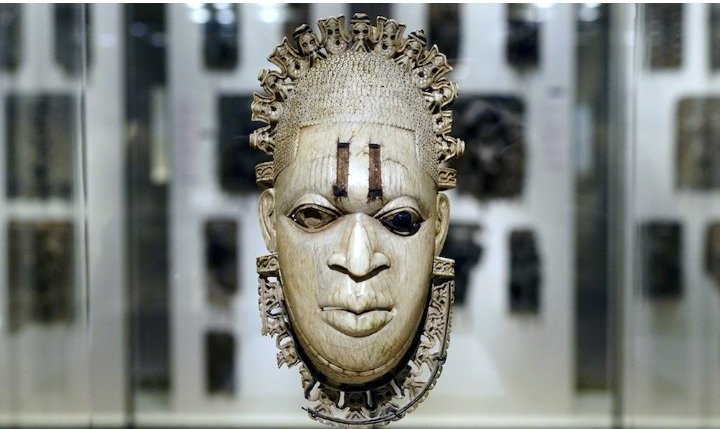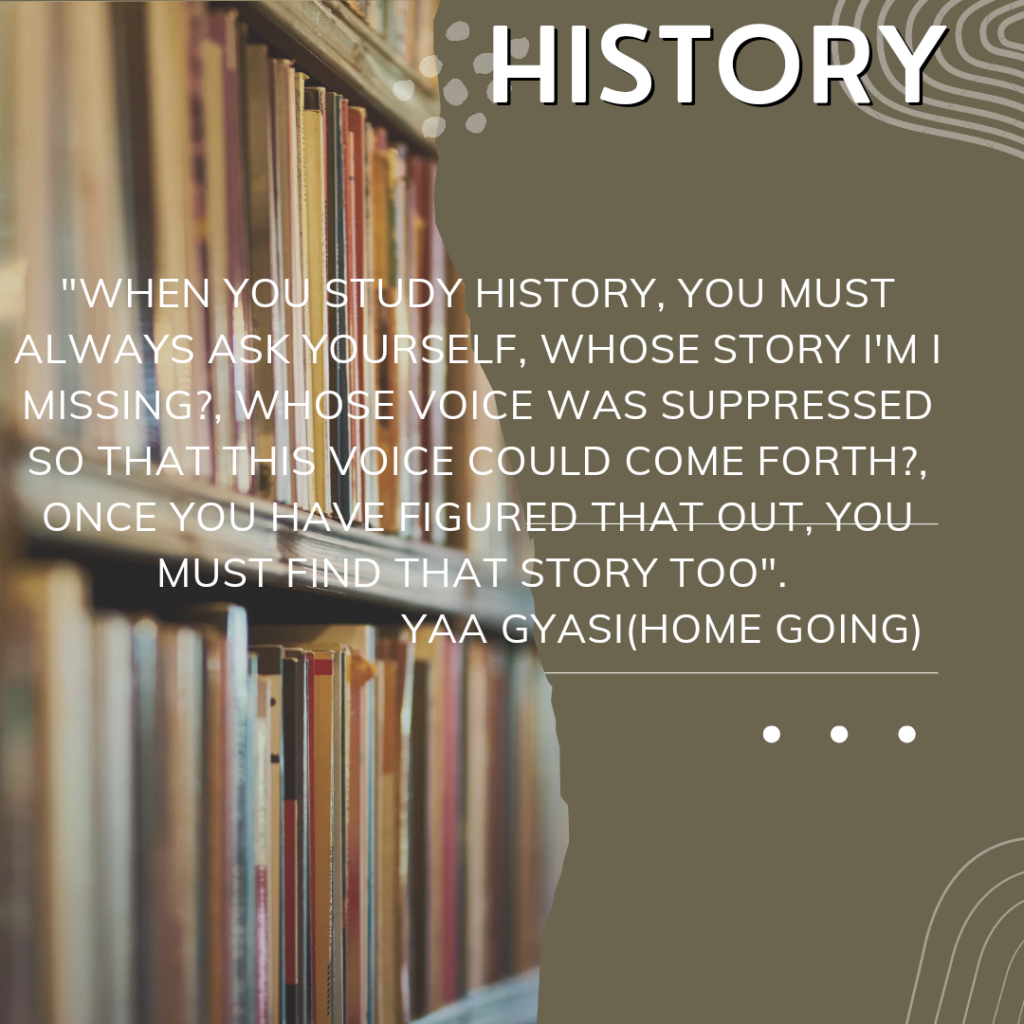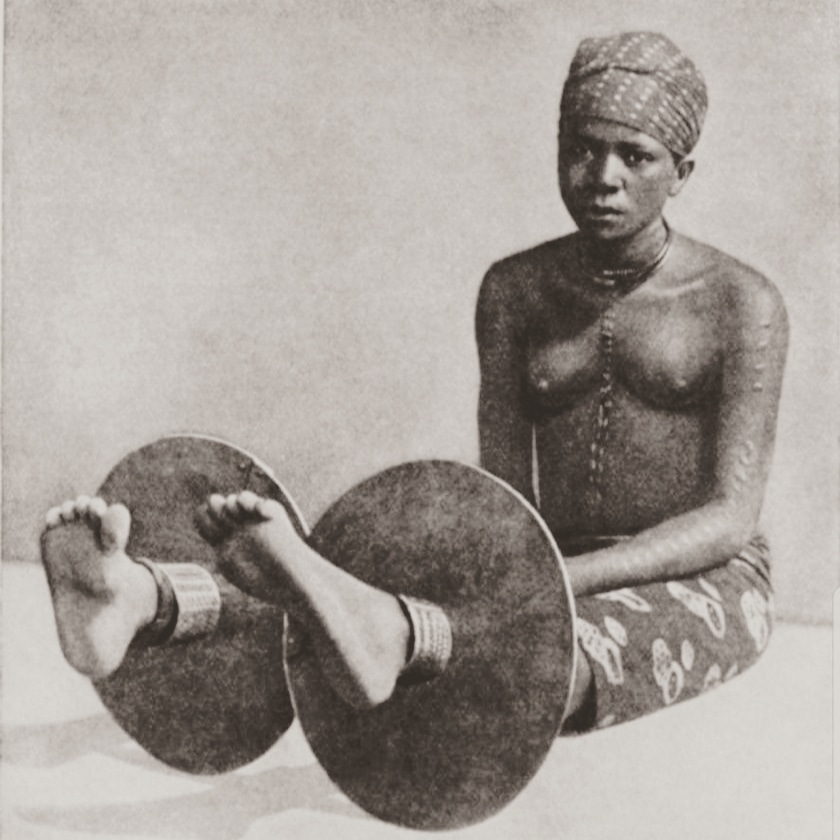History they say can be put into writings or written words. We find them in myths, songs and dances, even in poems. History itself is a whole level. It tells us stories of the past, and also helps us understand events of the past.
Here in Africa, we tell our history in the form of music, dance, myths, and even arts. This is the way in the kingdom of Benin. Located in the Sub-Saharan region of West Africa, in the forested region of Edo state, Nigeria. She told her history orally [through songs and myths] , in the form of dancing and also through her infamous sculptures. These stories were told and passed down from generation to generation.
Though not many people know this, there are so many histories, or stories rather behind the Benin artifacts. The fact that many don’t know majority of the stories still poses a problem in the history of Benin. Except for a few artifacts whose stories are known, the others which amount to over six thousand are not known.
The origin of the Benin kingdom cannot be talked about without mentioning her ” advanced artistic culture especially in its renowned artifacts of Bronze, Iron and Ivory” (osarumwense, 2013,P2). The Binis are known for their beautiful artifacts around the world as a result of the British expedition of 1897. The guild of Bronze casters was formed by Oba Oguola in the year 1280 AD, and they are still found today at Igun Street, Benin City, Nigeria.
One notable artifact with a story behind it, is that of the famed sculpted head of Queen Idia, as you can see below.

This beautiful artwork is the face of Queen Idia, with the two marks on her forehead, known among the Benin people as “Iwu ” [a form of body marking and means of identity of the Benin people during the period of slave trade. It prevented the Binis from been sold to slavery] . Those carvings on top are symbolic. They represent the Portuguese soldiers that fought alongside her and her son, Oba Esigie ,during the Benin-Idah war that was fought from the year 1515 to 1516. Yes, the Benin people won the war. This was made in reminder of her and the war that changed Benin’s history. There are originally four of these that were stolen during the British expedition of 1897 , and they are found at museums in London, New York, Liverpool and Berlin.
Most of these sculptures weren’t just made for making sake, they were made to tell our histories. Unfortunately, not many of them are known because many aren’t with us and many aren’t taken care of properly. Sad, but true, this is the case of Benin history. Many stories have not been heard, many are long lost, we need to retell our stories because there’s still hope.
There’s still hope to tell those stories behind the artifacts, there’s still hope to spread the stories and pass our history down to generations. Oba gha To’kpere, Ise!.


